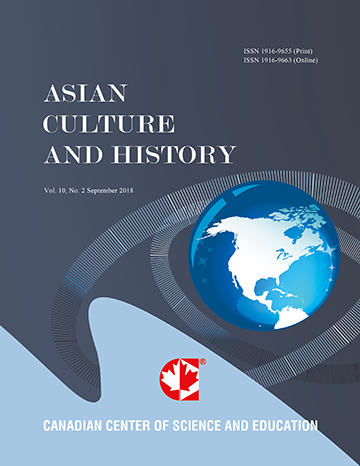From Islamic Teaching to Social Charity: The Muhammadiyah Movement in Semarang, Central Java, Indonesia; 1926-1940
- Mukhamad Shokheh
- Mansoureh Ebrahimi
- Kamaruzaman Yusoff
Abstract
From the colonial period until present day, Muhammadiyah has slowly emerged as one of the largest da'wah organizations in Indonesia. The failure of colonial politics and the rise of religious revivalism provided a firm foundation for the movement’s growth, which includes its stronghold in Semarang. Its strategic use of propaganda and its several impacts on social change obtained the movement’s ascent in Semarang. The present study employs historical reviews as well as scholarly criticism and clarifications to qualitatively examine and validate the movement’s establishment. From 1929 through to 1940, the authors detail the development and dissemination of Muhammadiyah’s doctrines and its various charitable activities. The authors subsequently conclude that the Muhammadiyah movement has strengthened the position of Indonesian Muslims and effectively countered the influence of Christian missionaries. Thus, Muhammadiyah acts as a buffer, one that furthers the emergence of an autonomous Islamic civil society that brims with moral responsibility.- Full Text:
 PDF
PDF
- DOI:10.5539/ach.v10n2p58
Journal Metrics
Google-based Impact Factor (2017): 5.42
h-index (January 2018): 11
i10-index (January 2018): 21
h5-index (January 2018): 6
h5-median (January 2018): 9
Index
- Academic Journals Database
- CNKI Scholar
- COPAC
- EconPapers
- Elektronische Zeitschriftenbibliothek (EZB)
- Excellence in Research for Australia (ERA)
- Genamics JournalSeek
- Google Scholar
- Infotrieve
- LOCKSS
- MIAR
- NewJour
- Open J-Gate
- PKP Open Archives Harvester
- Publons
- RePEc
- Scilit
- SHERPA/RoMEO
- Standard Periodical Directory
- Technische Informationsbibliothek (TIB)
- The Keepers Registry
- Universe Digital Library
- WorldCat
Contact
- Ivan YongEditorial Assistant
- ach@ccsenet.org
